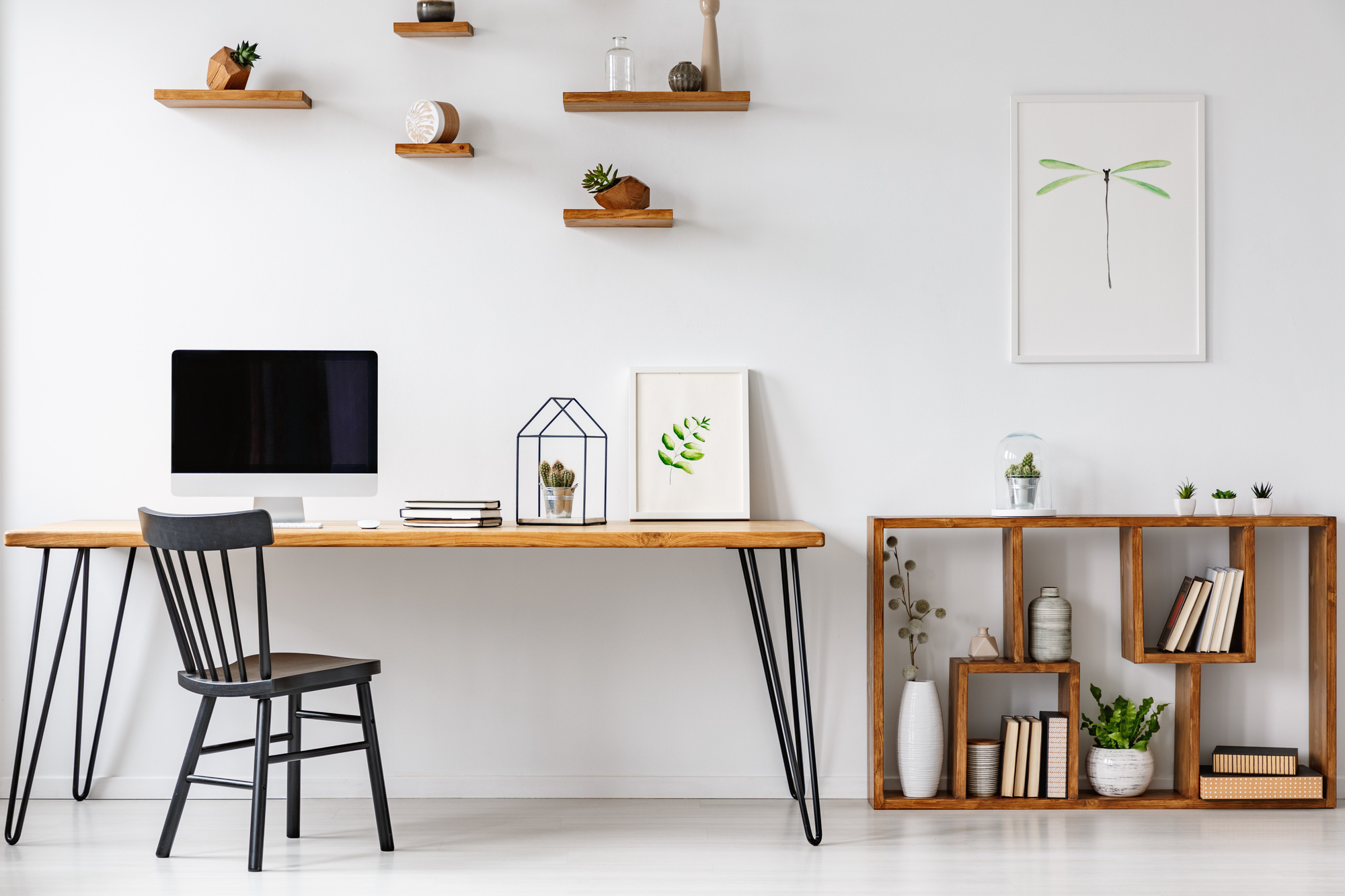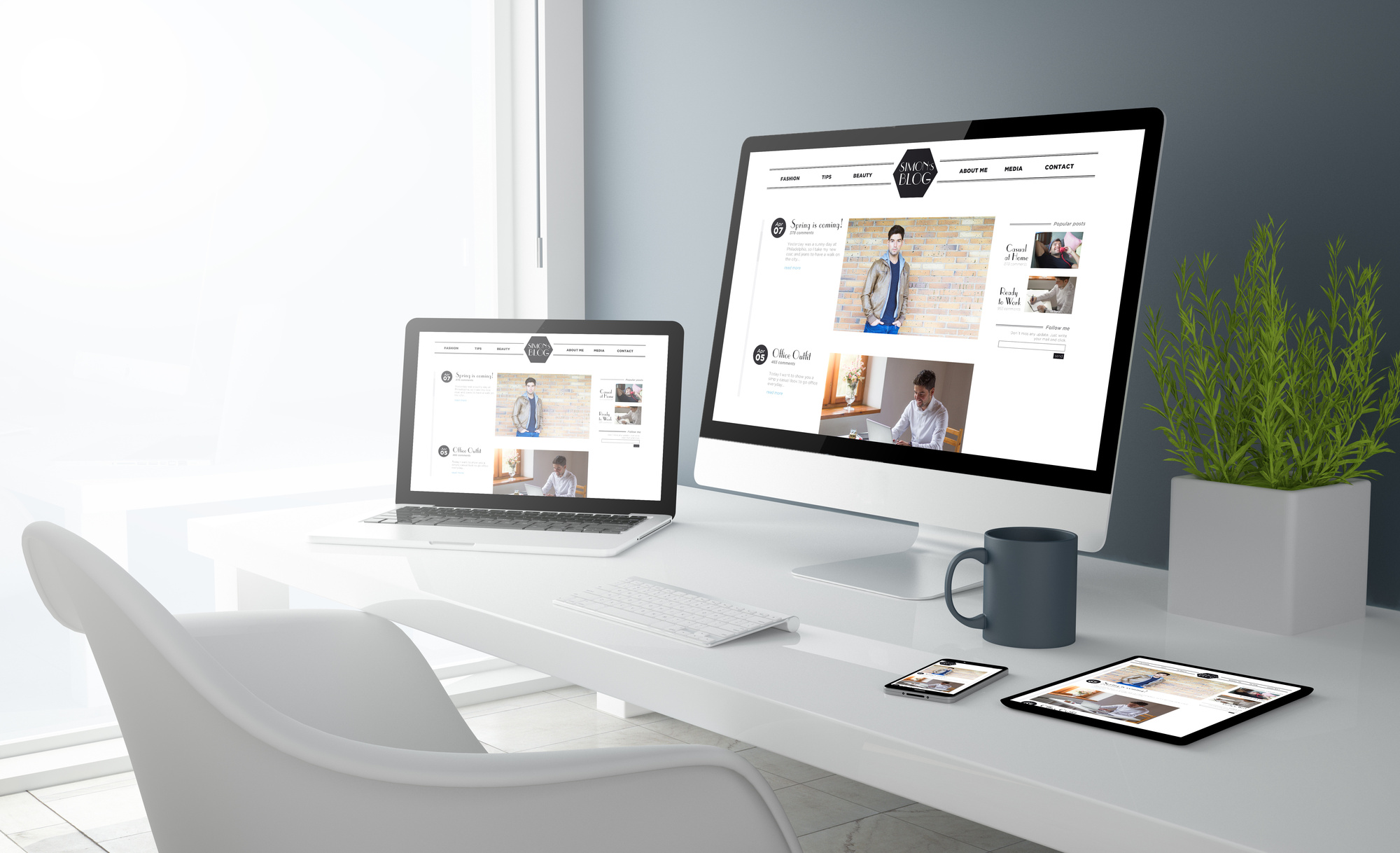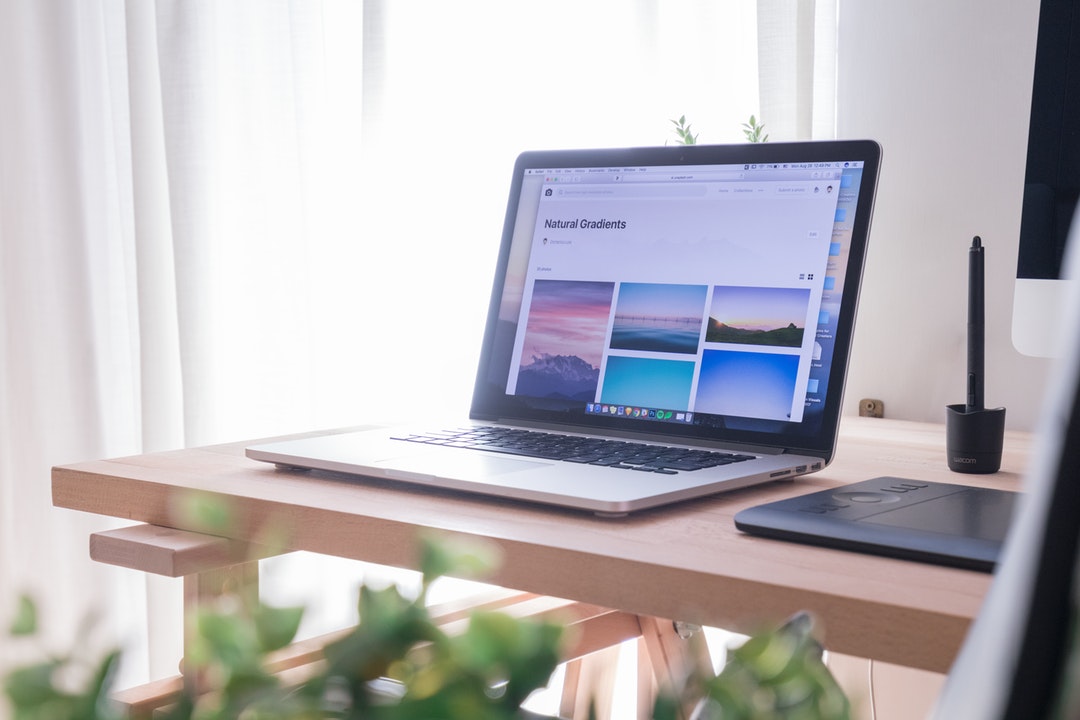Imagine you just quit your boring old job to become a graphic designer. You land a meeting with your dream client, but you don’t have an organized portfolio of your work.
If you want to be successful as a graphic designer, you have to know how to create a graphic design portfolio. Without one, your prospective clients won’t know if you can do the job they hire you to do.
Instead, create a graphic design portfolio before your next client meeting so that you can make a good impression.
Consider Your Audience
Before you create a graphic design portfolio, consider who your ideal client or boss is. Think about what they might need graphic design skills for.
Perhaps you want to do graphic design for local coffee shops. In that case, you can show off a bit more color and personality than if you wanted to work with law firms.
If you’ve never worked as a graphic designer before, you may not know who you want to work with. However, having some idea of your target client can help you tailor your portfolio to focus on their interests and needs.
Analyze Your Past Work
Once you know who you want to work with, go through your past graphic design projects. See which projects best fit the design aesthetic or overall style of your ideal client.
Then, look for the pieces that you’re most proud of. You should include the best graphic design work in your portfolio so that you can show off your strengths.
If you don’t have much work, you may need to include lower-quality pieces. But as you gain more experience, you should have a high standard for what makes it into your portfolio.
Stick With Recent Projects
Another thing to know about how to create a graphic design portfolio is to use recent work over older projects. Your design style will probably change throughout your career, and you want to showcase the work you’re doing now.
If possible, use work from the past year or so. You can go back a bit further and include good pieces. But you don’t need to include the same work for years or decades.
Consider updating your graphic design portfolio each year. Then, you can switch out older pieces for newer ones that better reflect the designer you are.
Decide on a Format
Next, you should consider how to format your graphic design portfolio. As the internet has become more popular, designers have started creating portfolio websites.
Your website can be a page you only change once a year to add new work. You can give your website link to anyone interested in hiring you, and you can optimize your website for search results.
But if you plan on meeting with people in person, a physical portfolio can work well. You can look into portfolio printing services so that your work can look polished and professional.
Keep It Safe
No matter how you plan to create a graphic design portfolio, you want to protect it. If you make a website, you can get a secure sockets layer (SSL) certificate to help encrypt the data on your site.
When sharing a digital folder of your work, use passwords to keep random people from viewing the files. You can share the password over the phone or in a separate message to further protect your information.
And if you go with a printed portfolio, get a protective sleeve to use when transporting it. Store it in a locked cabinet or box when you aren’t meeting with prospective design clients.
Balance the Portfolio
As you design a portfolio, consider where to put each project. You can make your portfolio tell a story by grouping relevant projects together.
And if your portfolio is big enough, you can categorize it by industry or design type. So you could have one section for logo designs and another for infographics.
You should also balance the portfolio by spreading your best pieces out. While your entire portfolio should be your best work, put the best of the best in the front and back to leave a lasting impression on your clients.
Review It Regularly
Depending on how busy you are, your graphic design work could change drastically from year to year. If you have a lot of clients, you may do a lot of projects each month.
Your graphic design portfolio should reflect those changes. Any time you do a big project, edit your portfolio to include it for future clients.
Always review your design contracts to check for confidentiality clauses. You may need to edit out the client’s name or make another small change to include something in your portfolio.
Include Your Contact Information
You should also include your contact information on your portfolio website. If you use a printed portfolio, consider adding a slot to it where you can store a few business cards.
That way, you can give your potential clients an easy way to reach you if they want to work with you. Your contact information should include your name, email, website, and phone number.
You can also give your social media handles if you work with social media companies or other creative businesses. Then, you can give clients even more ways to connect with you.
Ask for a Second Opinion
If you know any other designers or business owners, have them look at your graphic design portfolio. You can ask for their thoughts on the projects you include as well as the overall style of the portfolio.
Ask for their honest feedback and use that to edit your portfolio when getting future projects. If you don’t understand something, ask for more details. Then, you can make your portfolio the best it can be.
Now, you don’t need a second opinion every time you change something. However, it can be good when you first learn how to create a graphic design portfolio.
Deciding How to Create a Graphic Design Portfolio
Being a graphic designer allows you to be creative and focus on projects that interest you. But you can’t get a graphic design gig or job without some proof of what you can do.
That’s why knowing how to create a graphic design portfolio is so important. You can use your portfolio to promote your best work and convince people to hire you.
Are you looking for more tips on becoming a designer? Check out our business advice section!











